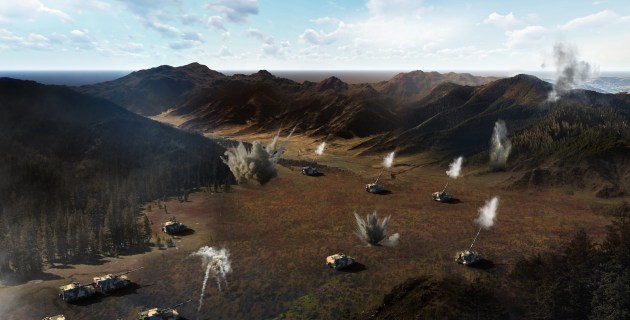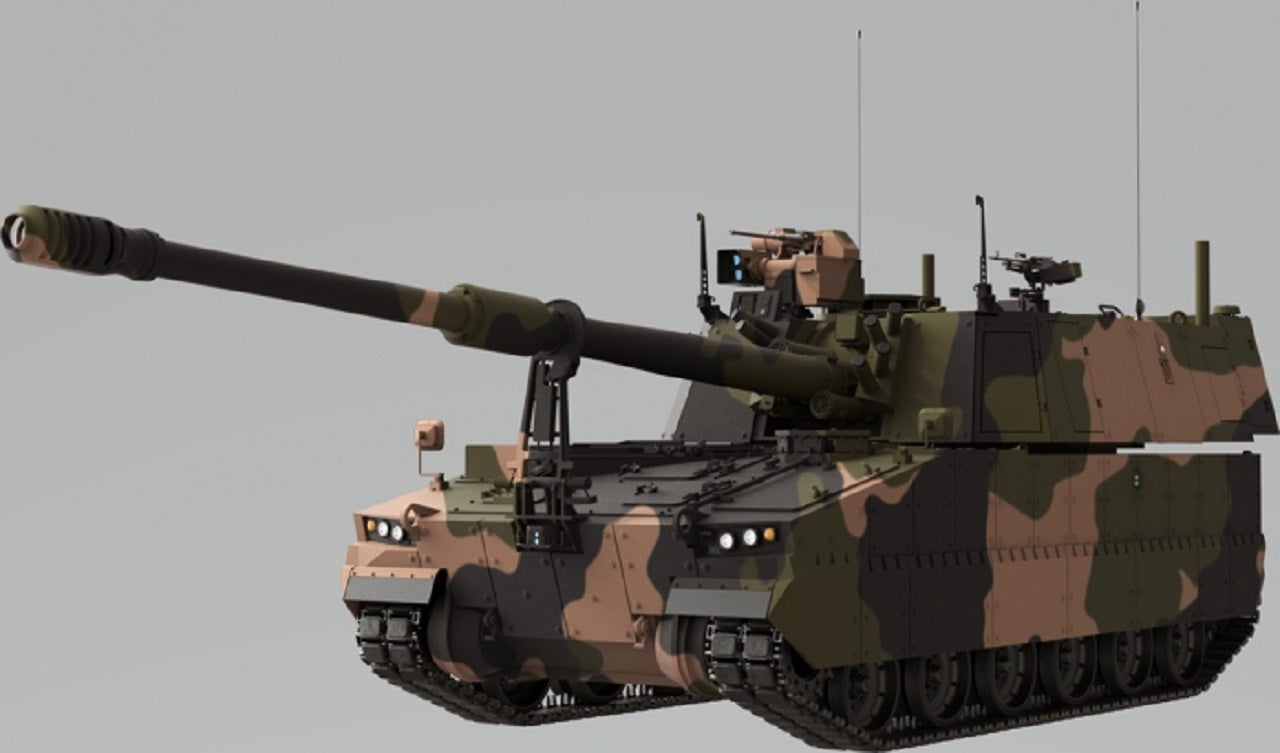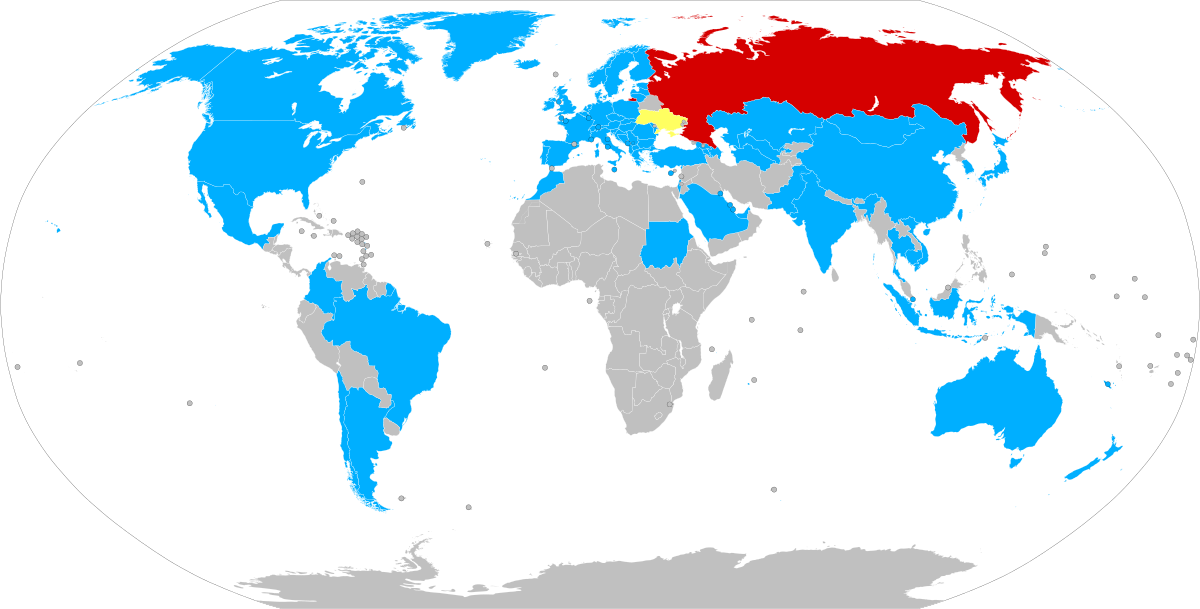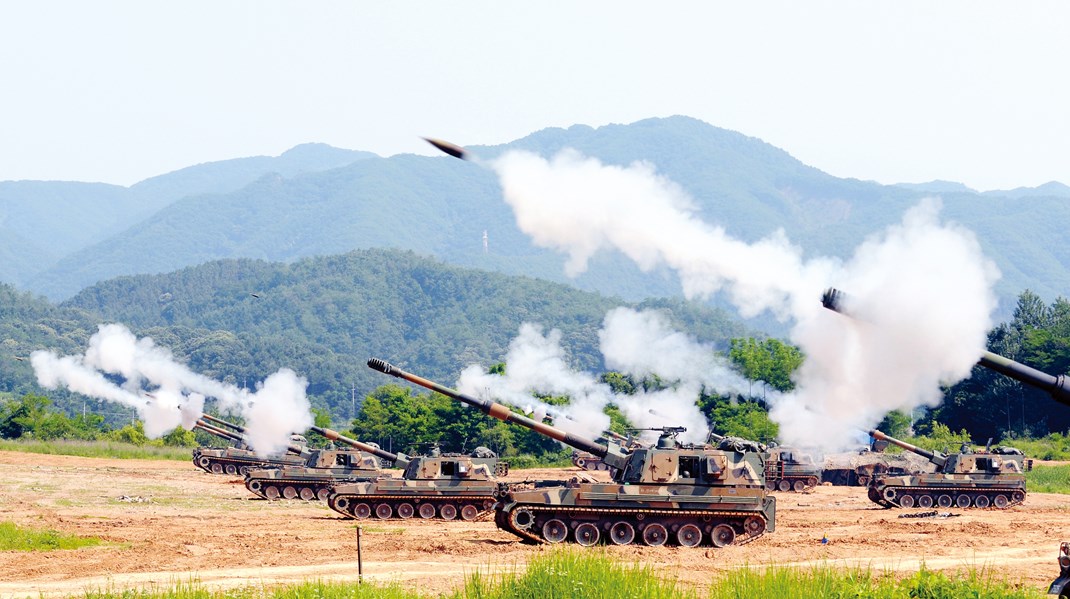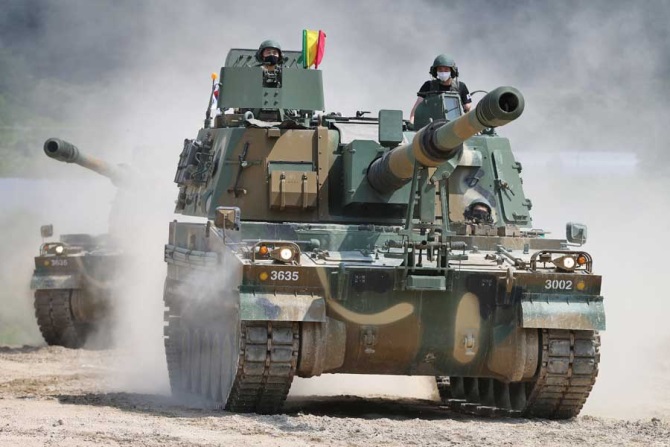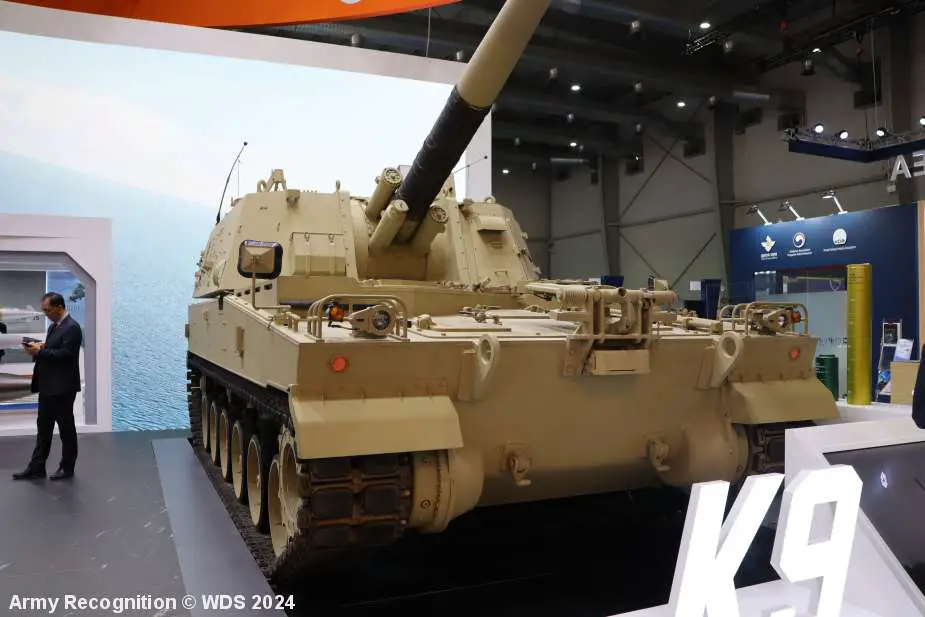- Joined
- 18 May 2019
- Messages
- 640
- Reaction score
- 1,673
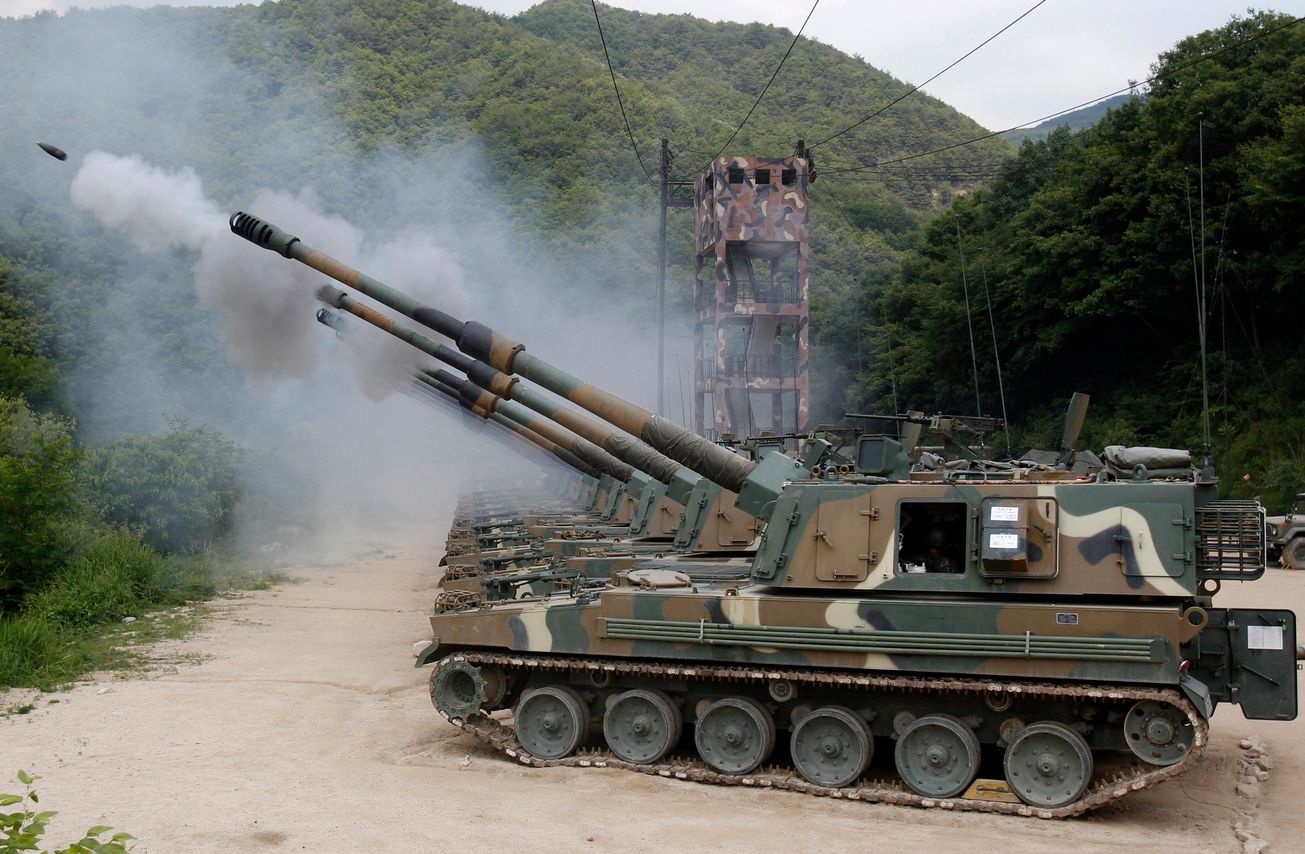
According to information published by the South Korean Yonhap News Agency on February 1, 2022, South Korea signed a contract to sell K9 155mm tracked self-propelled howitzers to Egypt in a deal worth over US$1.65 billion
Citing the information from the South Korean Press agency Yonhap News Agency, the South Korean company Hanwha Defense, and Egypt's defense ministry inked the largest K9 export deal in the Artillery House, a military facility in Cairo. The deal includes the production of K9s in Egypt and a technology transfer, according to the South Korean Defense Acquisition Program Administration (DAPA).
On January 21, 2022, Army Recognition has reported that South Korea and Egypt were on the final stage to conclude the acquisition of K9 Thunder 155mm tracked self-propelled howitzers.
With this contract, Egypt will be the first customer in the Middle East that will use the K9 155mm self-propelled howitzer. The South Korean K9 becomes one of the most popular tracked self-propelled howitzer in service with many countries over the world including Turkey, Poland, India, Norway, Finland, Estonia, and Australia. Currently, more than 1,700 K9 Thunder variants are in service.
The K9 nicknamed Thunder is a 155mm 52 caliber self-propelled howitzer fully designed and developed in South Korea by the company Hanwha Techwin, formerly known as Samsung Techwin. The first contract for the K9 artillery system was awarded to Samsung Aerospace Industries on 22 December 1998. The first howitzer was rolled out on 17 December 1999 and was fielded to the Republic of Korea Marine Corps in Yeonpyeongdo.
The K9 is based on a tracked chassis armored vehicle with a turret mounted at the rear of the hull. It has a crew of five including a driver seated at the front left side of the hull and four in the turret consisting of commander, gunner, assistant gunner, and ammunition loader.
The hull and the turret of the K9 are of all-welded steel armor construction providing protection against firing of small arms 14.5 mm armor-piercing rounds, explosion pressure and fragments of 155 mm HE (High Explosive) rounds and anti-personnel mines all around. The vehicle is motorized with an MTU MT 881 Ka-500 8-cylinder water-cooled diesel engine developing 1,000 hp. coupled to the Allison ATDX1100-5A3 transmission. It can run at a maximum road speed of 67 km/h with a maximum cruising range of 360 km.
The main armament of the K9 consists of one CN98 155 mm 52 caliber artillery gun manufactured by Kia Heavy Industry and has a maximum firing range of 40 km using K307 base bleed ammunition.
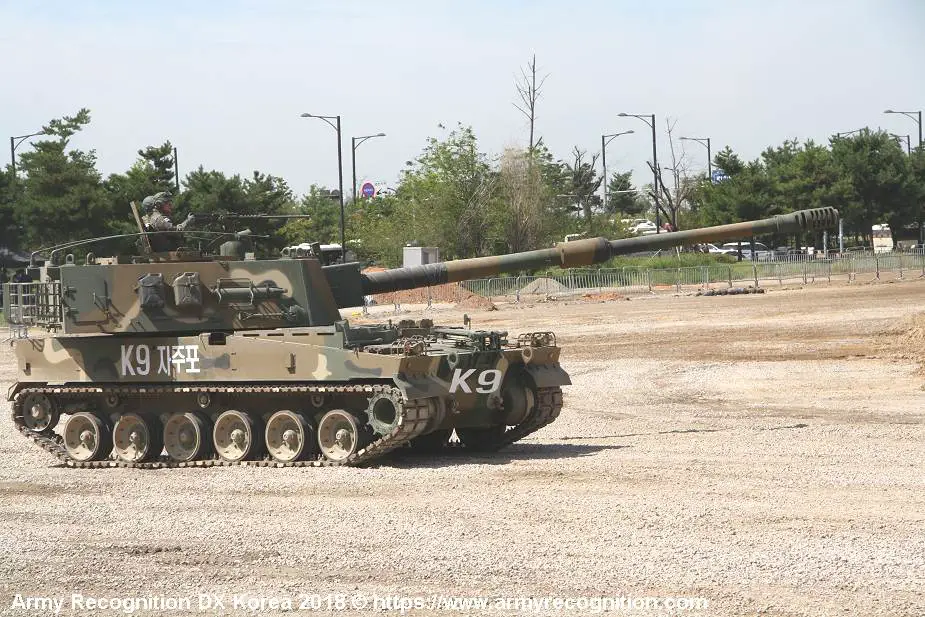
South Korea signs contract with Egypt to supply K9 155mm self-propelled howitzers | Defense News February 2022 Global Security army industry | Defense Security global news industry army year 2022 | Archive News year
South Korea signed a contract to sell K9 155mm tracked self-propelled howitzers to Egypt in a deal worth over US$1.65 billion


